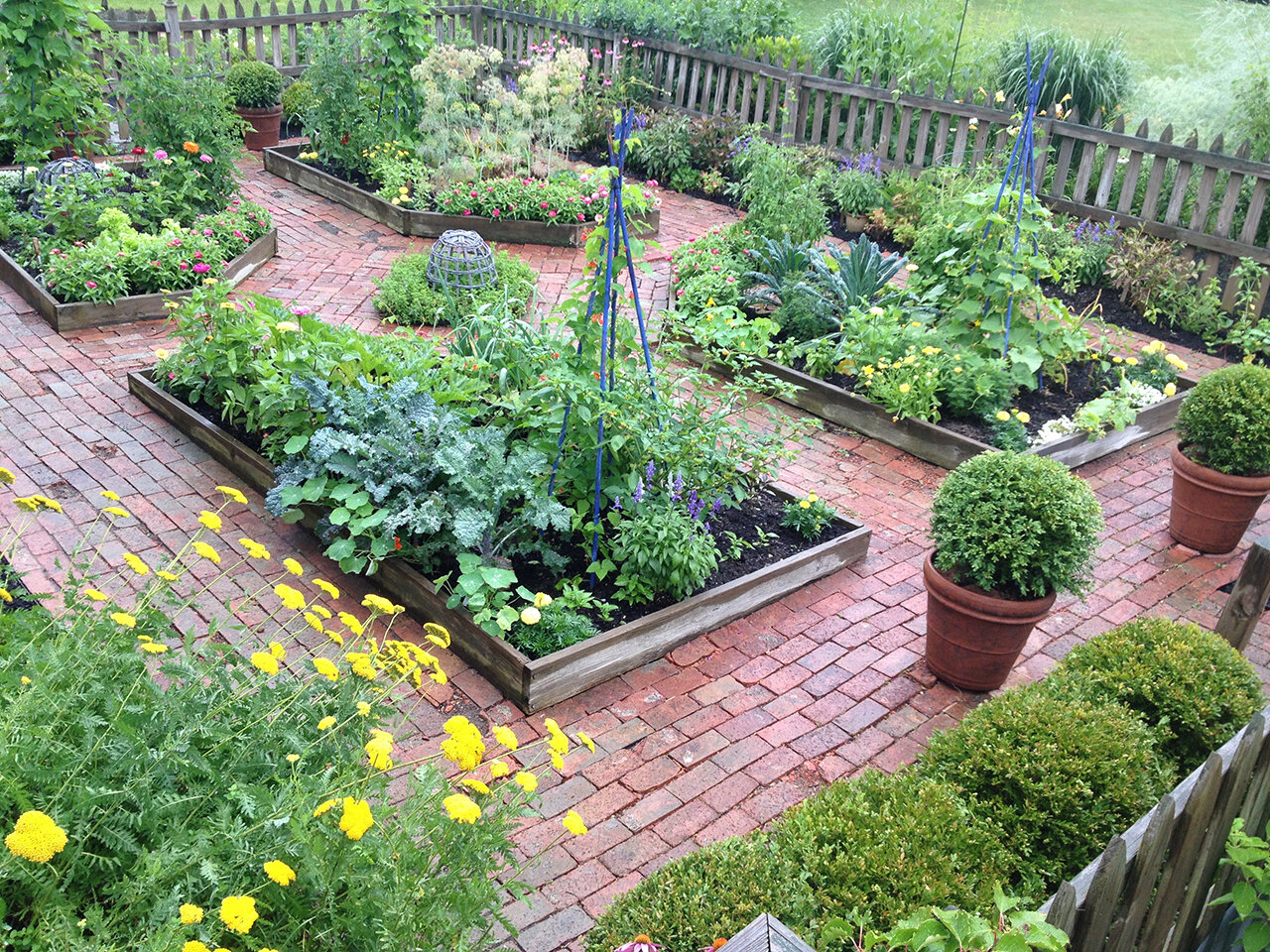Make a Potager Garden
Landscape architect and author Jennifer Bartley talks about how to make a potager garden.
Today on the podcast we head to Ohio to find out more about potager gardens. Jennifer Bartley tells us about this traditional kitchen garden style from France, and how to create the same sort of food-producing garden with seasonality and a sense of intimacy at home.
Bartley writes, “The potager is more than a kitchen garden; it is a philosophy of living that is dependent on the seasons and the immediacy of the garden.”
Bartley is a landscape architect, whose firm, American Potager, designs gardens inspired by the grand French kitchens.
She is also the author of The Kitchen Gardener’s Handbook and Designing the New Kitchen Garden: An American Potager Handbook.
About Potagers
“Jardin potager” is French for kitchen garden. The traditional potager garden is a seasonal kitchen garden with vegetables, fruit, herbs, and flowers for cutting. Meals change as crops in the garden change with the seasons.
Bartley explains that there is a long tradition of this style of gardening in France. Potager gardens combine beauty and accessibility, and are often enclosed within walls in view of the residence.
The garden can be a place of restoration and refuge, says Bartley. It can be a destination—somewhere close to the kitchen that feels like it’s own spacial place.
She says that where she grew up, in Ohio, the tradition is to make gardens with rows, not unlike the surrounding agricultural fields. These gardens are often situated in a rarely seen part of a yard. “If you put it in a remote part of your landscape, you don’t go there, you don’t see it, and you don’t maintain it,” says Bartley.
Tips to Make a Potager
Borrow part of an existing wall to help create the sense of enclosure, e.g. part of a building, the back of a garage, or even a hedge
Think of sunlight for sun-loving crops
The potager can be a “tasting garden” with a progression of different crops being ready as the season moves along
Make it in a place you pass by daily
Choose bed dimensions for ease or reaching, e.g. 4 feet wide
Make pathways wide enough for a wheelbarrow, e.g. 3 feet wide
Bartley says that Chateau Villandry in France has gardens that inspire her.



